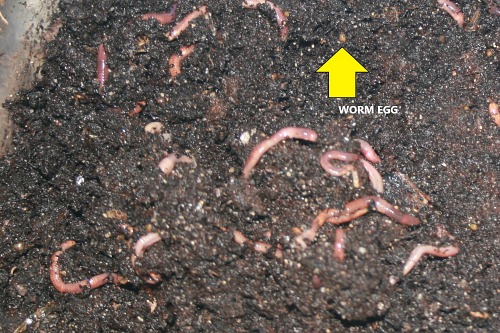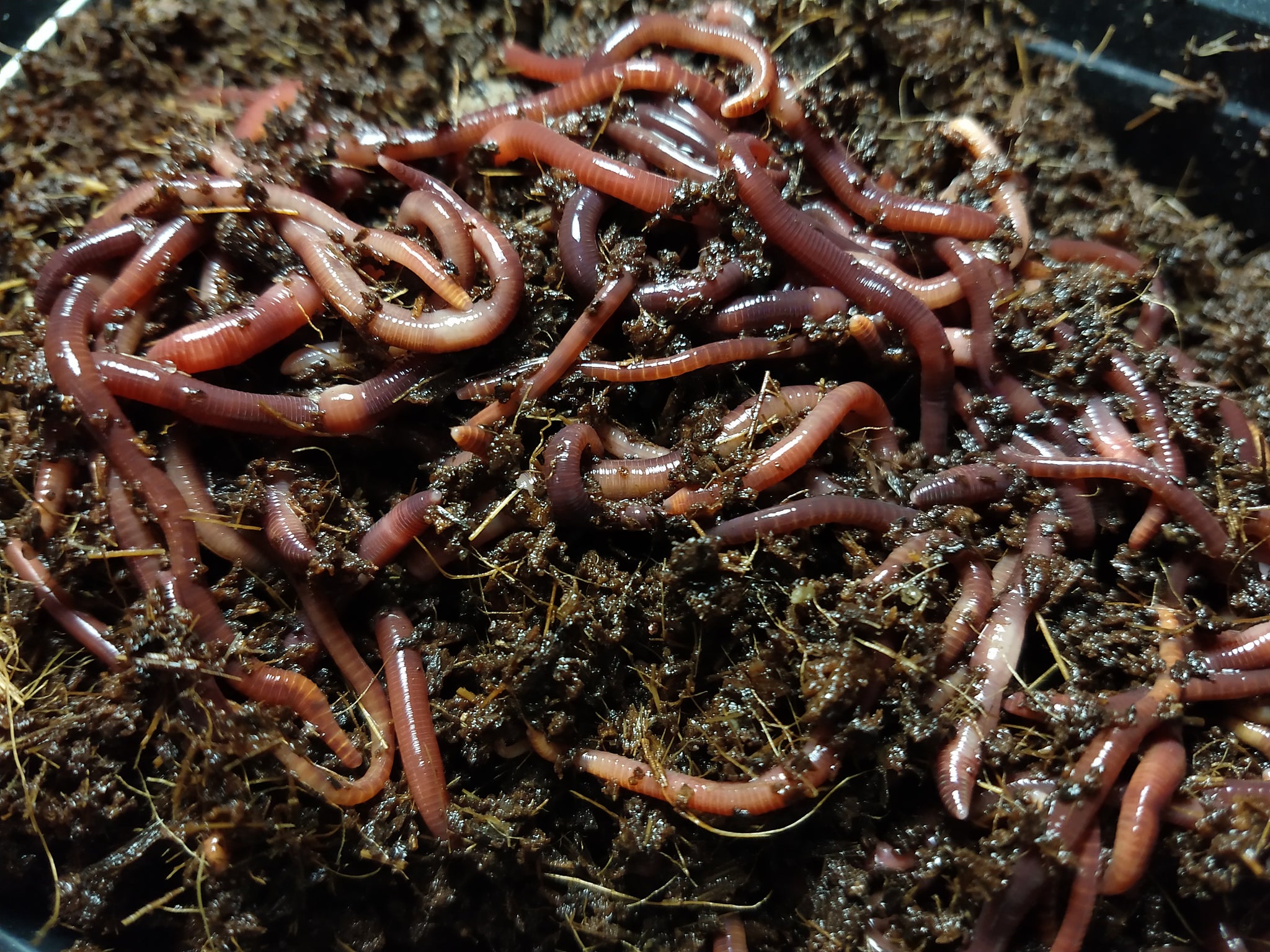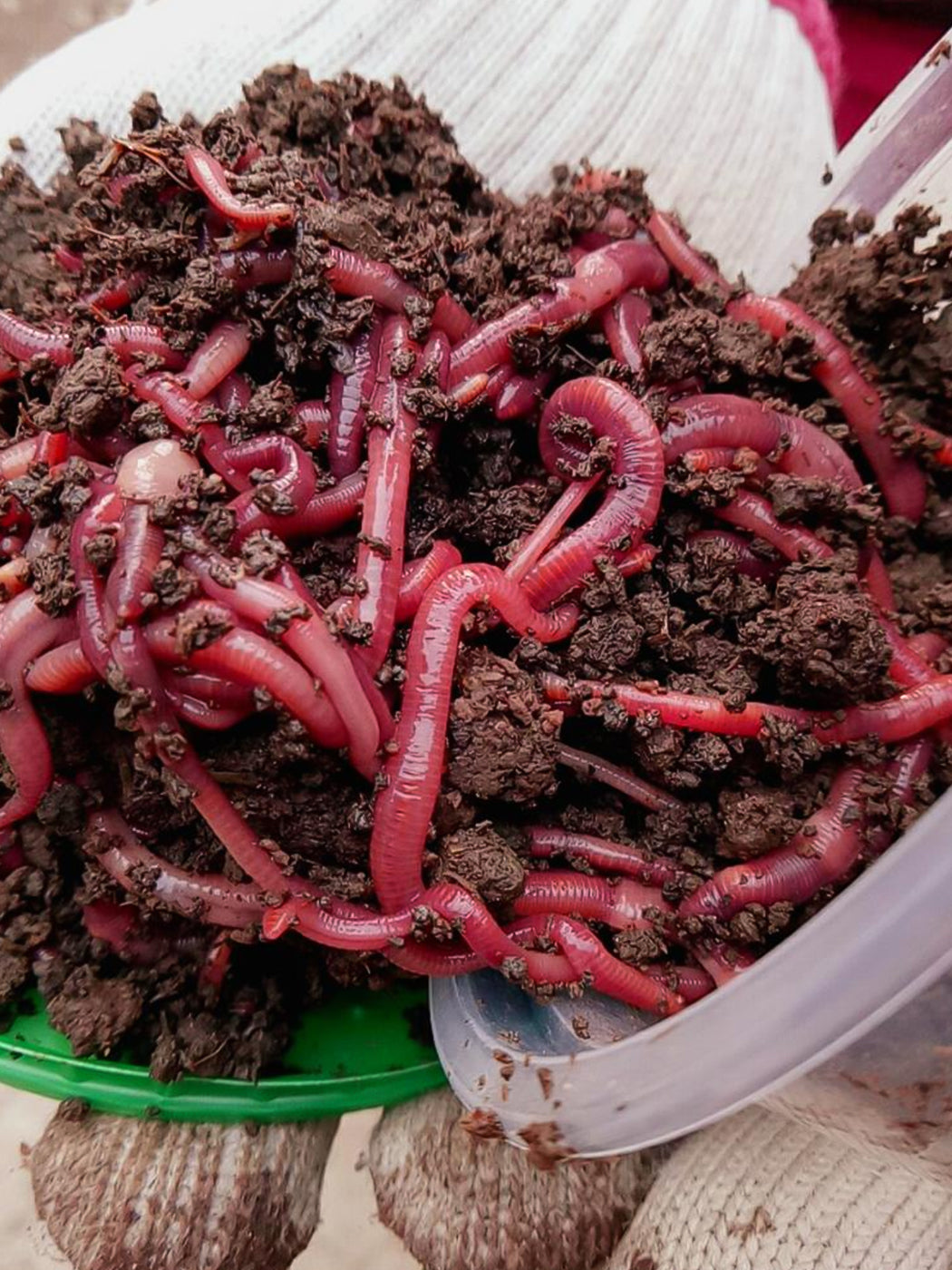Red Wigglers: The Unsung Heroes of Organic Waste Recycling
Red wigglers, or Eisenia fetida, serve as important representatives in the organic waste reusing procedure, changing disposed of materials right into useful vermicompost. As the globe increasingly looks for options to fight waste build-up and enhance agricultural performance, comprehending the role of these worms comes to be essential.
What Are Red Wigglers?
The remarkable strength of red wigglers, scientifically known as Eisenia fetida, emphasizes their critical function in natural waste recycling. These little, reddish-brown earthworms are commonly located in disintegrating raw material, such as compost piles and manure loads. Lake Hickory Bait. Unlike other earthworm varieties, red wigglers thrive in nutrient-rich atmospheres and are very effective at breaking down natural products, making them crucial for vermicomposting

(Red Wiggler Express)In addition to their function in waste reduction, red wigglers add to dirt health by enhancing dirt framework and aeration with their delving tasks (Lake Hickory Bait). Their presence in composting systems not just improves decay prices yet additionally advertises a sustainable approach to lose monitoring, illustrating their value in eco-friendly preservation initiatives
Benefits of Composting With Worms
Composting with worms, particularly red wigglers, provides many benefits that enhance both waste administration and dirt wellness. These worms effectively damage down natural waste, converting it into nutrient-rich vermicompost that enhances dirt. This process speeds up disintegration, permitting a much faster recycling of kitchen scraps and other organic materials compared to traditional composting methods.
In addition, the vermicompost created by red wigglers is bursting with valuable microbes, which aid improve dirt framework, aeration, and moisture retention. This enhances the overall health of plants, advertising strenuous growth and enhanced returns in gardens and farming setups. Moreover, making use of worms in composting decreases the manufacturing of greenhouse gases, such as methane, adding to a more lasting waste administration system.

Exactly How to Begin Vermicomposting
Developing a vermicomposting system is a straightforward procedure that can produce substantial advantages for both waste monitoring and soil enrichment. To start, choose an ideal container, such as a plastic bin or wooden box, with sufficient ventilation holes to make sure correct air movement. The measurements need to ideally be about 2 feet by 3 feet, allowing ample space for the worms to flourish.
Following, prepare bedding material, which can include shredded newspaper, cardboard, or coconut coir. This bedding should be dampened to produce an appropriate environment for the worms. When the bed linen remains in find this place, introduce red wigglers (Eisenia fetida) into the container, typically around one extra pound of worms for every square foot of area.
Following the positioning of worms, include organic waste, such as fruit and vegetable scraps, coffee grounds, and smashed eggshells. With these steps, you will effectively launch a vermicomposting system that adds to lasting waste administration and enriches your dirt.
Preserving a Healthy And Balanced Worm Bin
(Red Wiggler Express)Maintaining a worm container prospering requires routine attention and like guarantee the wellness of the red wigglers and the effectiveness of the composting process. Appropriate maintenance starts with monitoring the wetness levels; the container ought to perspire however not saturated. A good general rule is to maintain an uniformity comparable to a wrung-out sponge.
Carefully blending the bed linens and food scraps every few weeks avoids compaction and makes certain that all worms have access to oxygen. Furthermore, it is crucial to feed the worms suitably.
If the container ends up being as well hot or chilly, the worms might end up being stressed. By faithfully taking care of these aspects, one can maintain a durable and productive worm container.
Effect On Lasting Living
The successful maintenance of a worm container not only profits the health of red wigglers however additionally adds substantially to lasting living practices. By reusing natural waste, such as kitchen area scraps and yard particles, red wigglers help draw away significant amounts of material from garbage dumps. This decrease in waste not only decreases greenhouse gas exhausts yet also minimizes the environmental problem connected with waste monitoring.
Furthermore, the spreadings created by red wigglers offer as a nutrient-rich organic plant food, enhancing soil health and wellness and advertising plant growth. This all-natural option to chemical fertilizers sustains sustainable farming and horticulture methods, minimizing dependence on artificial inputs that can damage ecological communities. Additionally, worm composting fosters understanding of waste monitoring, encouraging individuals and neighborhoods to adopt even more sustainable habits.

Conclusion
In summary, red wigglers act as essential contributors to organic waste recycling via their reliable decay of natural products. Their ability to create nutrient-rich vermicompost boosts dirt health and wellness and sustains lasting agricultural methods. By incorporating vermicomposting into waste management strategies, people and areas can dramatically reduce waste while promoting environmental sustainability. The function of Eisenia fetida in cultivating healthy and balanced environments emphasizes the significance of these organisms in attaining sustainable living and improving soil fertility.